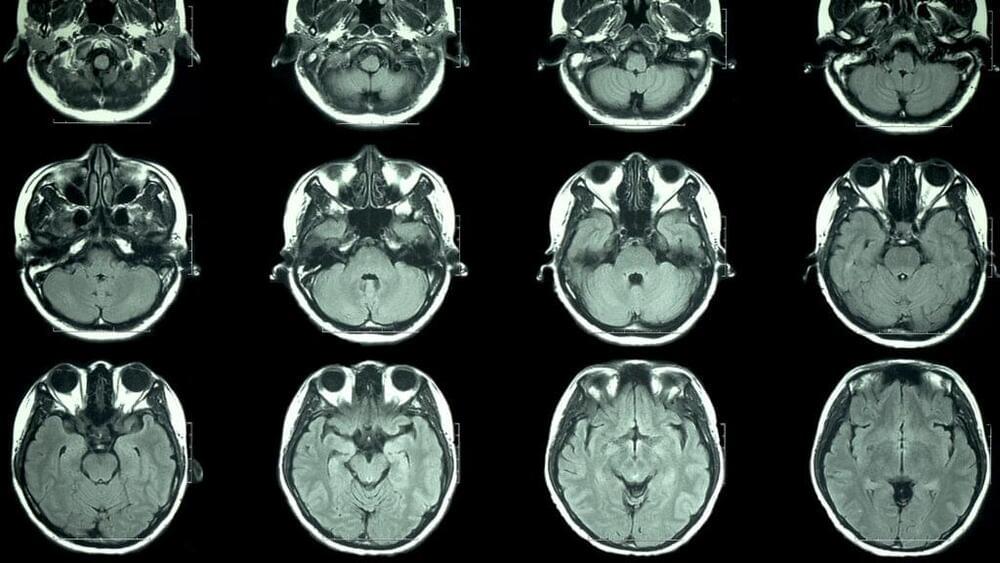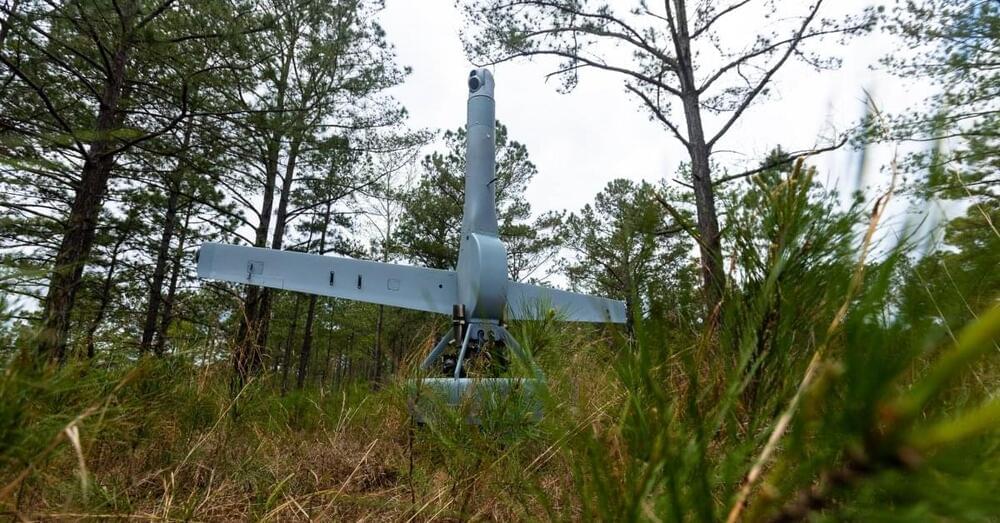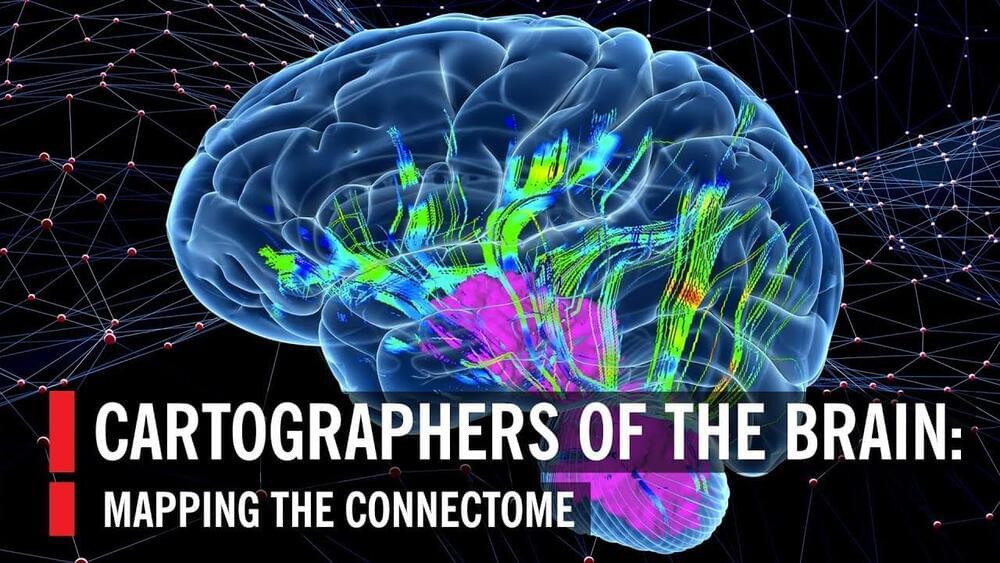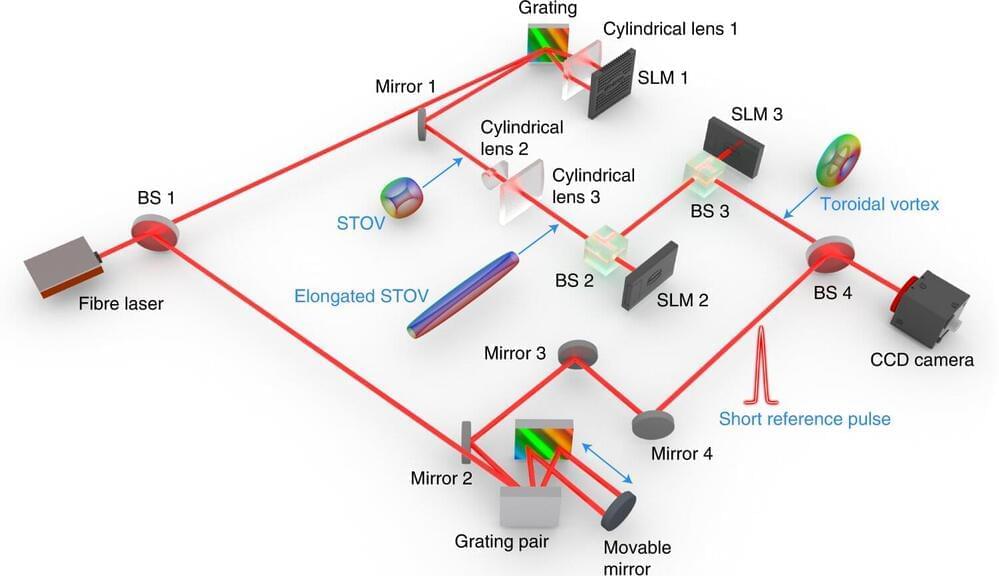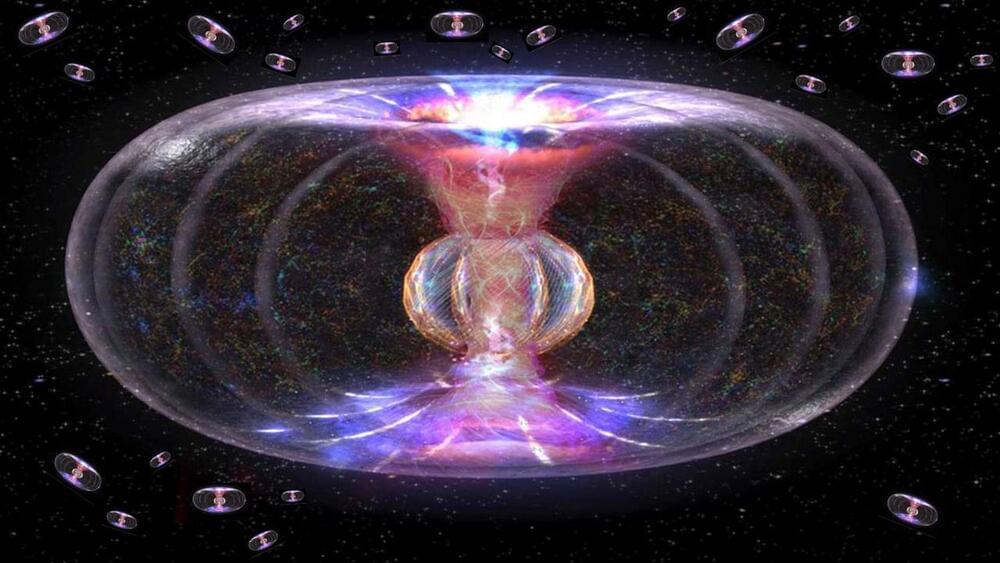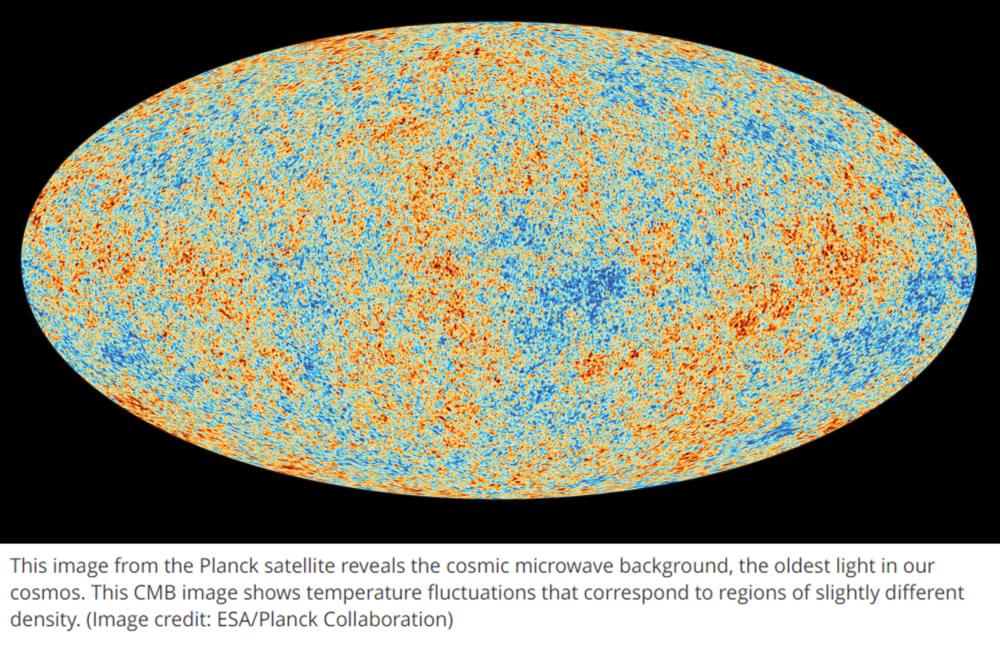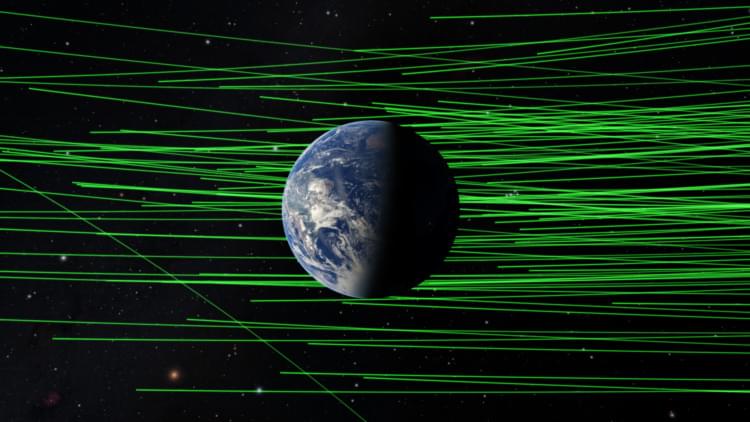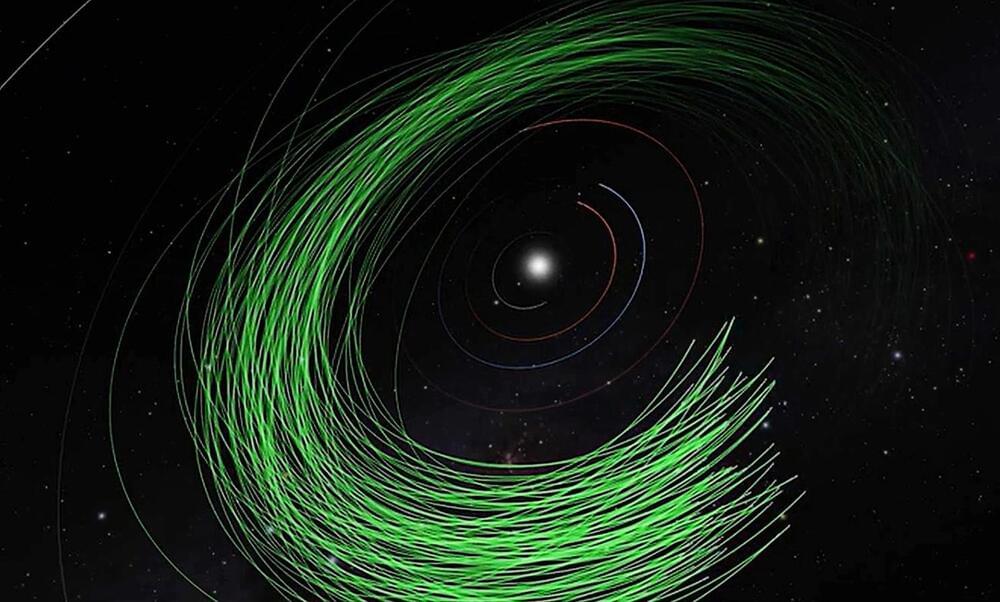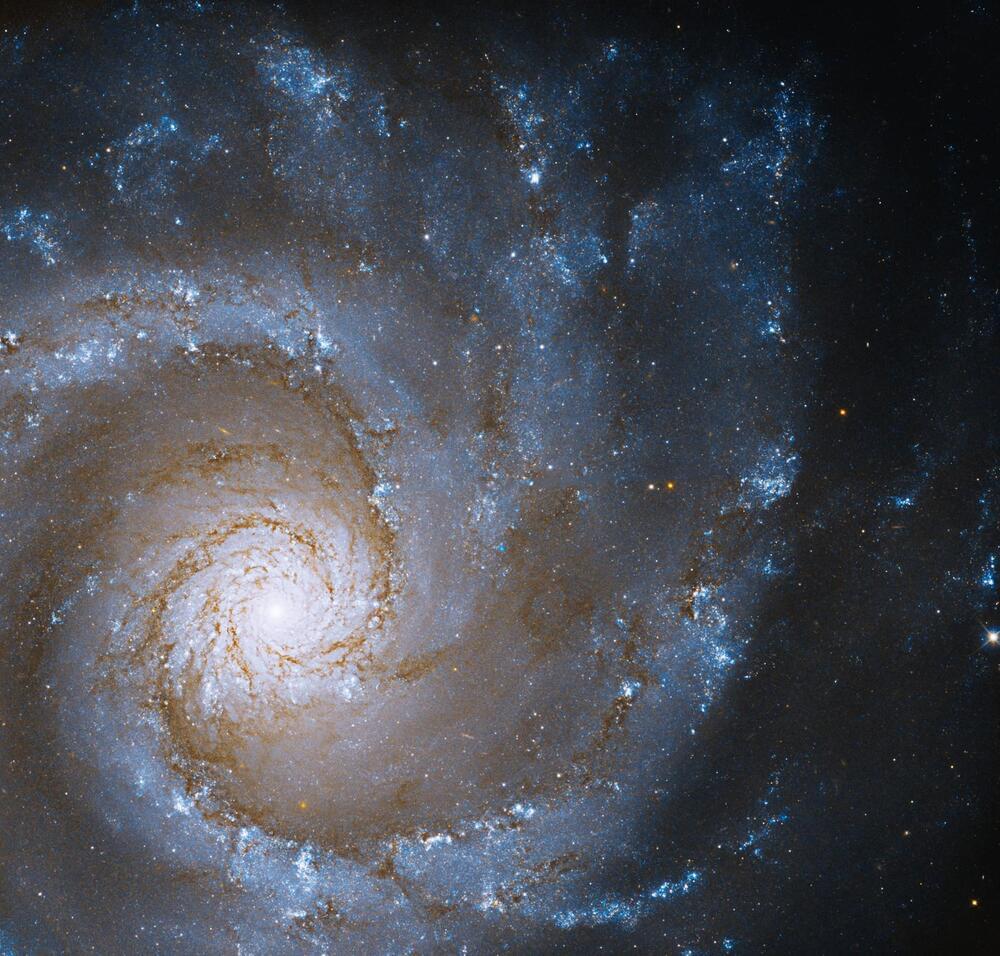Jun 18, 2022
Three burning questions about the first brain reference charts
Posted by Dan Kummer in categories: mapping, neuroscience
Scientists have created the first reference charts for the human brain, mapping its growth from infancy to 100 years old. Now, they have to grapple with difficult ethical questions about how they should — and perhaps shouldn’t — be used.
The reference charts are visualizations created from aggregating analyses of over 120,000 brain scans to show ranges in brain size, or gray matter volume, for each age. They also track the human brain’s rapid expansion early in life and its gradual shrinking over time. The researchers primarily developed the charts to provide a standardized measurement that other neuroscientists could use for brain imaging research, with the hope that maybe one day it could lead to a tool used in clinics.
“It’s an absolutely spectacular advancement in neuroscience and neuroimaging,” said Judy Illes, professor of neurology and neuroethics at the University of British Columbia.
